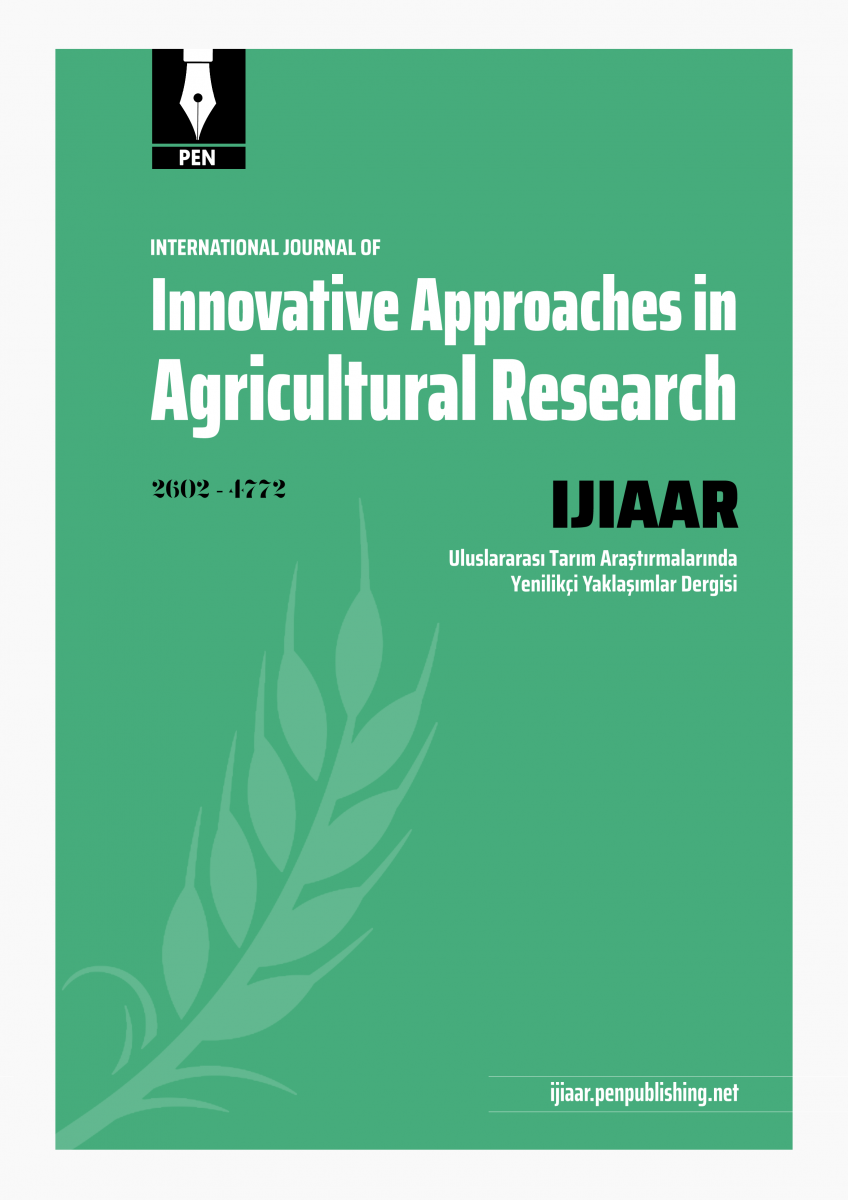- Andreatta, E., A.M. Fernandes, M.V. Santos, C. Mussarelli, M. C. Marques and C.A. Fernandes de Oliveira (2009). Composition, functional properties and sensory characteristics of Mozzarella cheese manufactured from different somatic cell counts in milk. Braz. Arch. Biol. Techn., 52 (5), 1235-1242. [Google Scholar]
- Awad, R.A., L.B. Addel-Hamid, S.A. El-Shabrawy and R.K. Sing (2002). Texture and microstructure of block type processed cheese with formulated emulsifying salt mixtures. LWT Food Sci. Technol., 35 (1), 54-61. [Google Scholar]
- Banks, J.M. (2007). Why is cheese yield important? What factors associated with the milk affects cheese yield? Cheese Problem Solved. P.L.H McSweeney (Ed.). Wood head Publishing Limited. (48), 100, (51), 107. [Google Scholar]
- Beresford, T.P. (2007). What factor effect microbial growth in cheese? Cheese Problem Solved. P.L.H McSweeney (Ed.). Wood head Publishing Limited. (55), 119. [Google Scholar]
- Beresford, T.P., N.A. Fitzsimons, N. L. Brennan and T. M. Cogan (2001). Recent advances in cheese microbiology. Int. Dairy J., (11), 259-274. [Google Scholar]
- Bocelmann, W. (1999). Secondary cheese cultures, in Technology of Cheese making, B.A. Law (ed.), Sheffield Academic Press, Sheffield, 132-133. [Google Scholar]
- Dimitreli, G., S. Exarhopoulos, K.K. Antoniou, A. Zotos, and A. Bampidis (2017). Physicochemical, textural and sensory properties of white soft cheese made from buffalo and cow milk mixtures. Int. J. Dairy Technol., 70 (4), 506-513. [Google Scholar]
- Everett, D.V and M. A. Auty (2008). Cheese structure and current methods of analysis. Int. Dairy J. (18), 759-773. [Google Scholar]
- Foegeding, E.A., J. Brownb, M. Drakea and C. T. Daubert (2003). Sensory and mechanical aspects of cheese texture. Int. Dairy J., 13, 585–591. [Google Scholar]
- Fox, P.F., T. P. Guinee, T.M. Cogan and P.L.H. McSweeney (2000). Starter culture: in Fundamentals of Cheese Science, Aspen Publishers Inc, Gaithersburg, 54–97. [Google Scholar]
- Frohlich-Wyder, M.T., H. P. Bachmann and M. G. Casey (2002). Interaction between propionibacteria and starter/non-starter lactic acid bacteria in Swiss type cheeses. Lait (82), 1-15. [Google Scholar]
- Hussein, G.A.M. and S.M. Shalaby (2014). Microstructure and textural properties of Kareish cheese manufactured by various ways. Ann. Agric. Sci., 59 (1), 25-31. [Google Scholar]
- Kaminarides, S., L. Litos, T. Massouras and A. Georgala (2015). The effect of cooking time on curd composition and textural properties of sheep Halloumi cheese. Small Rum. Res., 125, 106-114. [Google Scholar]
- Kayagil, F. (2006). Effect of traditional starter cultures on quality of cheese. Middle East Technical Universty, The Graduate School of Natural and Applied Science MSc Theses, 88. [Google Scholar]
- Kehegias, C., S. Kouloris, A. Samona, S. Malliou and G. Koumoutses (1995). Effect of various starters on the quality of cheese in brine. Food Microbiol., 12, 413-420. [Google Scholar]
- Korish, M. and A. M. Abd-Elhamid (2012). Improving the textural properties of Egyptian Kareish cheese by addition of hydrocolloids. Int. J. Dairy Techn., 65, 237-242. [Google Scholar]
- Madadlou, A., A. Khosroshahi and M. E. Mousavi (2005). Reology, microstructure and functionality of low fat Iranian White Cheese made with different concentration of rennet. J. Dairy Sci., 88 (9), 3052-3062. [Google Scholar]
- Madigan, M.T. and J.M. Martinko (2006). Brock Biology of microorganisms (11th ed.). Pearson. [Google Scholar]
- Martinez-Cuesta, M.C., P. Fernandez de Palencia, T. Requena and C. Pelaez (2001). Enzymatic ability of Lactobacillus casei subsp. Casei IFPL731 for flavour development in cheese. Int. Dairy J., 11 (8), 577-585. [Google Scholar]
- McSweeney, P.L.H. (2007). What enzymes from starters contribute to cheese ripening? Cheese Problem Solved. Wood head Publishing Limited, 23, 48-49. [Google Scholar]
- Ozcan, T. and U. Eren-Vapur (2013). Effect of different rennet type on physico-chemical properties and bitterness in white cheese. Int. J. Environ. Sci. Develop. 4 (1), 71-75. [Google Scholar]
- Roberts, D. and M. Greenwood (2003). Practical Food Microbiology, 3rd edition. Blackwell Publishing Ltd, Oxford, UK. [Google Scholar]
- Sheehan, J.J., M.A. Fenalon, M. G. Wilkinsan and P.L. H. McSweeney (2007). Effect of cook temperature on starter and non-starter lactic acid bacteria viability, cheese composition and ripening indices of a semi-hard cheese manufactured using thermophilic cultures. Int. Dairy J., 17 (6), 704-716. [Google Scholar]
- Sulejmani, E., Z. H. Musliu and S. Srbinovska (2014). Influence of starter culture temperature and processing technology on the quality of Macedonian White brined Cheese. Biotechnol Anim. Husb., 30 (4), 579-588. [Google Scholar]
|

